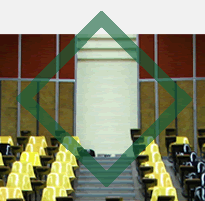"D": What are the drawbacks of MOOCs?
 |
 |
 |
|||||
 |
 |
||||||
 |
 |
 |
|||||
 |
 |
||||||
We are not surprised that rates of completion for MOOCs, including Udacity and Coursera, are especially low (Kolowich; Perna et al.) or that MOOCs support advantaged students more so than their disadvantaged counterparts (Schuman). The failure of MOOC initiatives (e.g., San Jose State University) raises disturbing questions about the lack of mentoring in these online environments, and even more telling than these inadequacies is the shift in the MOOC providers’ rhetoric, which seems to prioritize corporate interests above the diverse needs of their participants (Chafkin).
It is precisely because these findings are unsurprising that we contend such reports are not as useful as Wired, Fast Company, and The New York Times would like us to believe. To put it bluntly, reports about the failure of MOOCs or other technologically mediated educational innovations are not remarkable. The history of higher education teaches us that rhetorics of crisis and decline grow out of unreasonable expectations of both schools and students, rarely lead to meaningful and lasting educational reform, and fail to account for the complex social, cultural, and economic pressures that inform educational contexts (Cuban; Graff; Rose). Thus, it is important for us to look past any consensus shaped by crisis and consider the varied, uneven, dissimilar conceptions of learning that silently inform our understandings of MOOCs and online learning more generally. This lack of consensus is not visible, however, until we look directly at participation, as Critel teaches us.